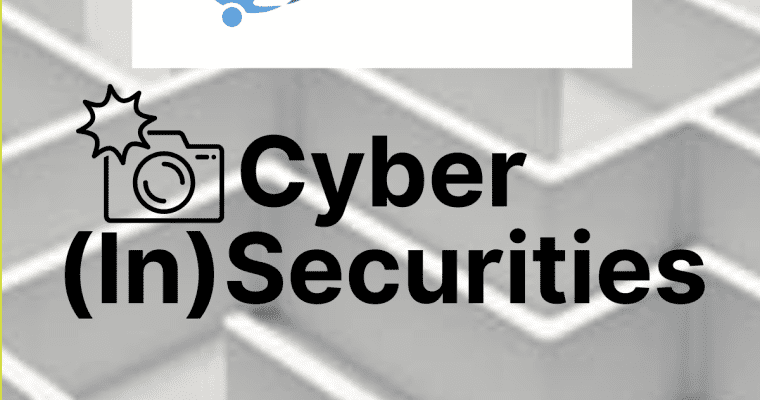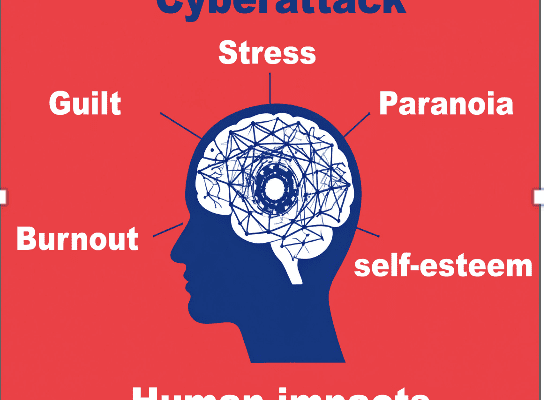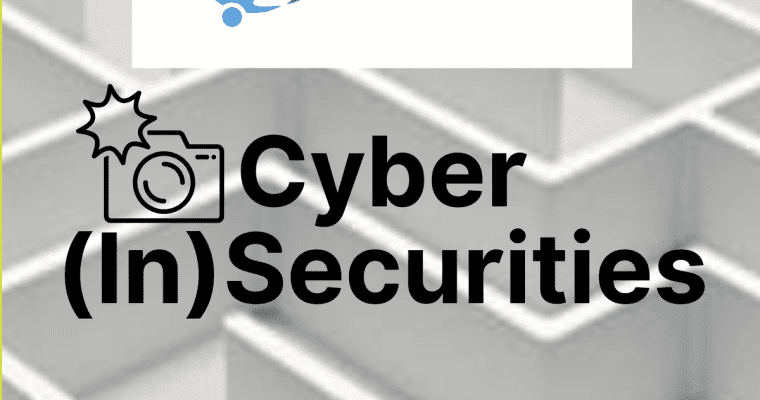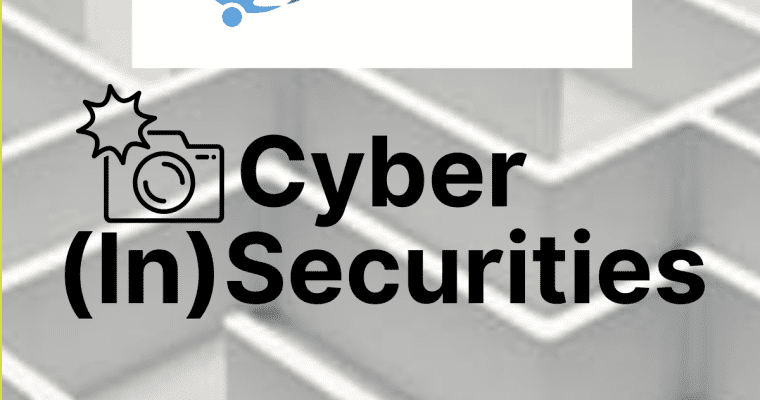Cyber (In)Securities – Issue 163 – Snapshot Edition
eSIM Surveillance Risks, North Korea’s IT Schemes, and Bluetooth Car Vulnerabilities This week’s issue uncovers major threats impacting millions of users and critical infrastructure worldwide. From a six-year-old Java flaw exposing billions of eSIMs to surveillance, to North Korea’s covert IT worker operations resulting in …








